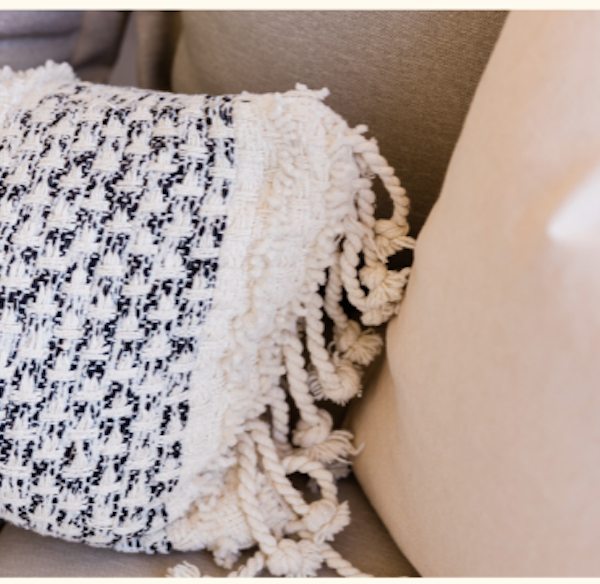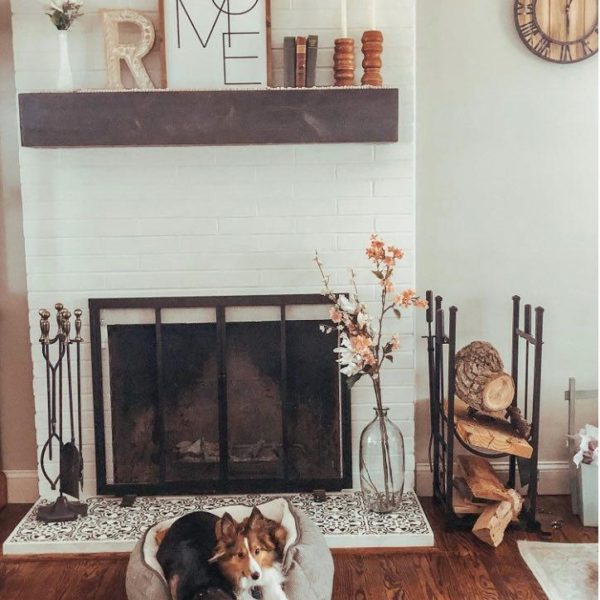Have you heard of Spiritual Interior Design?
We live in a time where high stress and anxiety have become a normal part of our everyday lives. Especially with the pandemic that made us fear for our lives and gave rise to the new normal. A normal wherein our homes became our offices, gyms, classrooms, restaurants, entertainment centers, and the only place that felt safe. The way we design our interiors has gone through a drastic change. Because of the times, we’ve had to redefine what not only our lives look like but our homes look like as we go forward. In this article, I’m going to be talking about three main elements to spiritual interior design that you’ll want to start implementing today!
What is Spiritual Interior Design?
Have you ever walked into a space and felt instantly calm and relaxed? You chalked it up to good decor but felt deep in your heart that there was something more to the space. There was a mystical vibration or positive energy that just made you feel good. Now consider the opposite. There are so many rooms one walks into that make you feel immediately uneasy; almost as if something is not quite right. It wasn’t just the décor, but the room itself didn’t make you feel happy.
That is the key to spiritual interior design. And after the year (or three…) we’ve had since March 2020, most of us are seeking solace and peace in our living spaces, which is what spiritual interior design aims to achieve. We want our homes to create the perfect environment to support peace and healing.
So, what are these main elements to spiritual design that are key in supporting you?
These elements can be divided into three main categories: aesthetic, functional, and spiritual.
Aesthetic Elements
They refer to the look and feel of a space.
They include things like color, texture, and lighting. When it comes to spiritual interior design, the goal is to create a harmonious and balanced environment that evokes a sense of peace and calm. This can be achieved through the use of soft colors, natural materials, and gentle lighting.
Functional Elements
They refer to the practical aspects of a space, such as furniture placement, storage, and organization.
In a holistic home, the focus is on creating a functional space that supports our daily routines, activities, and new habits we want to create! I would recommend choosing furniture that is both comfortable and functional. Also, try to incorporate storage solutions that make it easy to keep your space organized and sacred corners that inspire you to have moments of stillness or mindfulness.
Spiritual Elements
They refer to the deeper aspects of a space, such as energy, intention, and connection to the divine.
These are elements that are more subtle and can be expressed through things like sacred objects, symbols, and rituals. When incorporated into a holistic home, spiritual elements can help to create a space that is deeply connected to your values and beliefs, providing a sense of grounding and connection to the divine.
In conclusion,
Overall, the exploration of these main elements to spiritual interior design is a personal and ongoing journey that requires reflection and intention.
By incorporating these elements into your home, you can create a space that supports and nourishes you in all of your roles as a woman, helping you to recharge, connect, and flourish in all areas of your life.
I encourage you to take some time this week to reflect on what spiritual interior design means to you and how you can incorporate these elements into your own home. If you feel encouraged to take the leap to start to transform your home, save your spot for the “The Holistic Home Refresh” and let me help you create your own holistic home today!
Love,






[…] and values. Now notice that the above are examples of various spaces in which we can incorporate holistic elements. Our whole home is the sum of all of its rooms. The word “Holistic” is literally […]